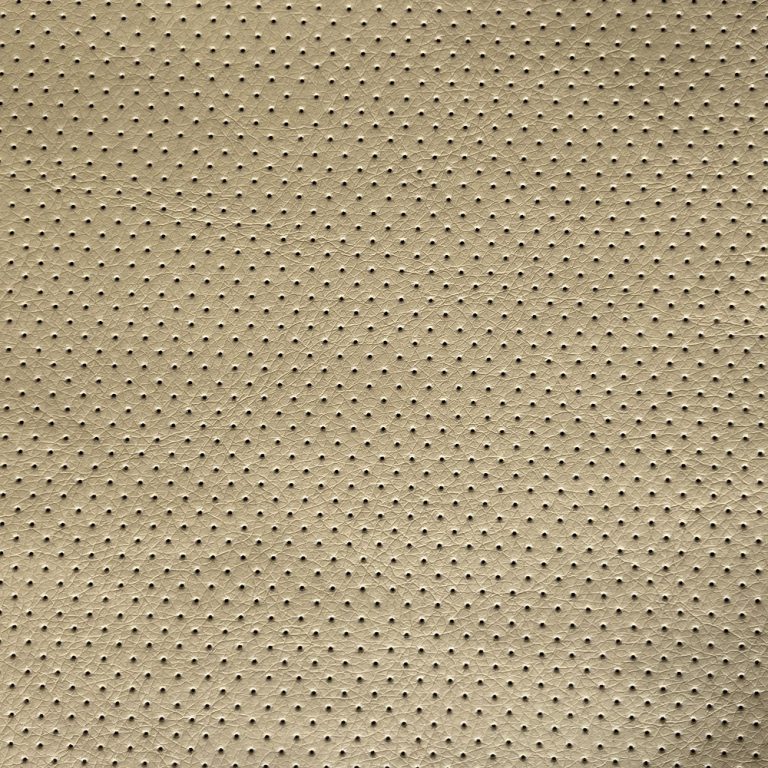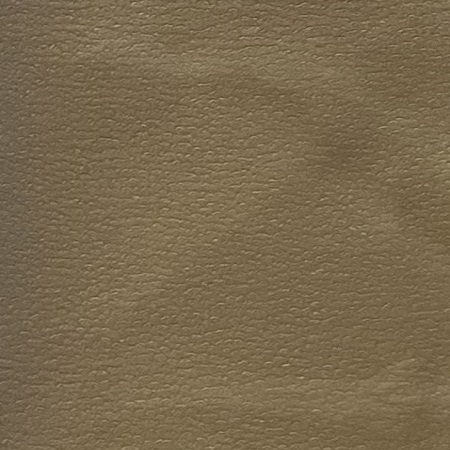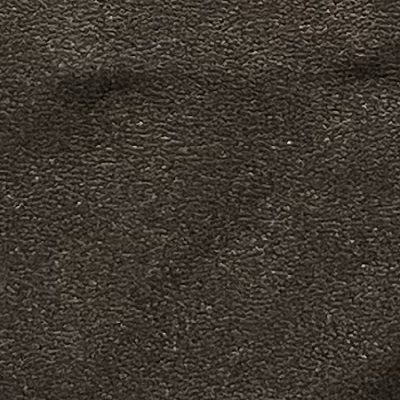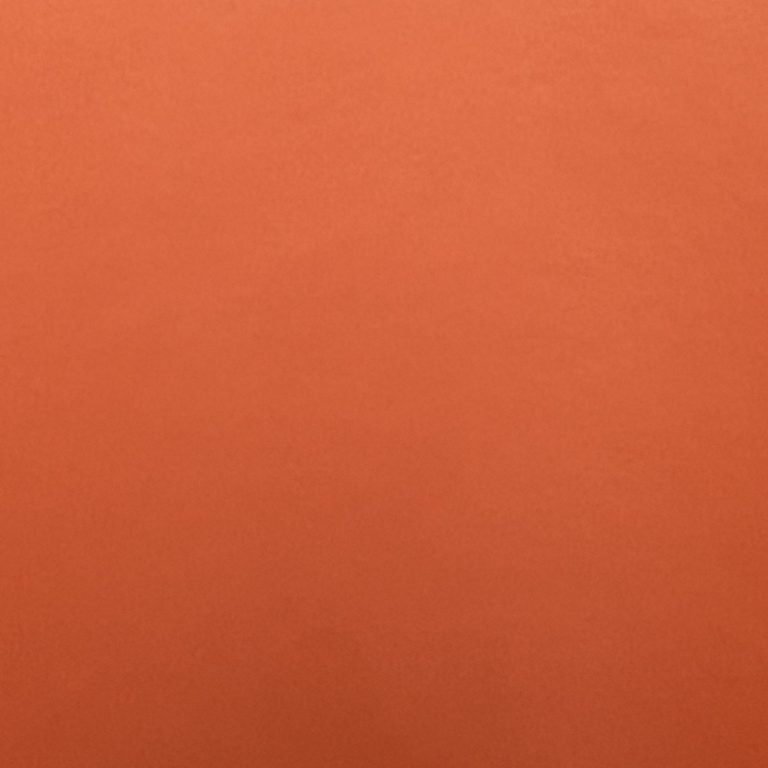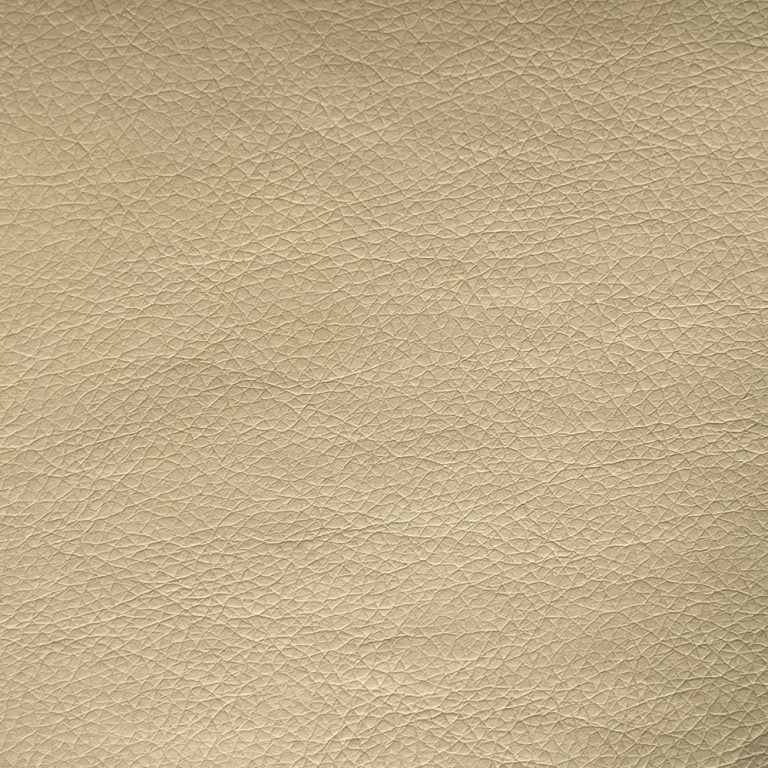Table of Contents
جودة الصناعة: نظرة من وراء الكواليس على عملية تصنيع الجلود لدينا
جودة الصناعة: نظرة من وراء الكواليس على عملية تصنيع الجلود لدينا
في عالم الأحذية، الجودة لها أهمية قصوى. منذ اللحظة التي يرتدي فيها العميل زوجًا من الأحذية، يمكنه أن يشعر بالفرق بين الحرفية والمستوى المتوسط. وفي قلب هذا التمييز تكمن المواد المستخدمة في الإنتاج، حيث يعتبر الجلد أحد أكثر الخيارات قيمة واستمرارية. ولكن ما الذي يدخل في إنشاء هذا المكون الأساسي؟ انضم إلينا في رحلة خلف كواليس عملية تصنيع الجلود لدينا للكشف عن الحرفية الدقيقة والاهتمام بالتفاصيل التي تميز أحذيتنا.
| المنتج | فرز |
| الجزء العلوي من الحذاء | س |
تبدأ عمليتنا باختيار الجلود الفاخرة التي يتم الحصول عليها من الموردين ذوي السمعة الطيبة. نحن نعطي الأولوية للجودة والاستدامة، ونضمن أن جلودنا تأتي من مصادر أخلاقية تلتزم بالمعايير البيئية الصارمة. بمجرد وصول الجلود إلى منشأتنا، فإنها تخضع لعملية تفتيش صارمة لتحديد أي عيوب أو مخالفات. فقط أجود أنواع الجلود هي التي يتم تصنيعها، مما يضمن أن الجلود لدينا تلبي أعلى معايير التميز.

اسم المنتج
| سيناريوهات التطبيق | بو الجلود الحرارية |
| دفتر الملاحظات | الاستدامة في الأحذية: كيف تعيد ممارسات تصنيع الجلود لدينا تعريف الأزياء الصديقة للبيئة |
في عالم الموضة، أصبحت الاستدامة مصدر قلق متزايد الأهمية. ومع ازدياد وعي المستهلكين بتأثيرهم البيئي، تضطر الصناعات إلى إعادة تقييم ممارساتها لتتوافق مع المعايير الصديقة للبيئة. وفي صناعة الأحذية، حيث يظل الجلد مادة شائعة، يتعرض المصنعون لضغوط لتبني أساليب إنتاج أكثر استدامة. أحد هذه الاتجاهات هو ظهور ممارسات تصنيع الجلود الصديقة للبيئة، والتي تهدف إلى تقليل البصمة البيئية لصناعة الأحذية.
لطالما تعرض إنتاج الجلود التقليدية لانتقادات بسبب تأثيره البيئي. تتضمن العملية معالجات كيميائية مختلفة وتستهلك كميات كبيرة من الماء والطاقة. بالإضافة إلى ذلك، ترتبط صناعة الماشية، التي توفر المواد الخام للجلود، بإزالة الغابات وانبعاثات الغازات الدفيئة ومخاوف رعاية الحيوان. وإدراكًا لهذه المشكلات، يبحث مصنعو جلود الأحذية بنشاط عن بدائل تعطي الأولوية للاستدامة دون المساس بالجودة.
أحد الأساليب التي تكتسب قوة جذب هو استخدام الجلود المدبوغة نباتيًا. على عكس طرق الدباغة التقليدية التي تعتمد على المواد الكيميائية السامة مثل الكروم، تستخدم الدباغة النباتية مواد طبيعية مثل لحاء الأشجار والمستخلصات النباتية. وهذا لا يقلل فقط من إطلاق الملوثات الضارة في البيئة، بل يؤدي أيضًا إلى منتج نهائي قابل للتحلل البيولوجي. علاوة على ذلك، تُعرف الدباغة النباتية بقدرتها على إنتاج جلود ذات قوام فريد وألوان غنية، مما يجعلها جذابة لكل من المستهلكين والمصممين. عملية الإنتاج. من خلال تنفيذ تقنيات القطع الفعالة والاستفادة من كل جزء من الجلد، يمكن للمصنعين تقليل كمية الجلود التي يتم التخلص منها كخردة. علاوة على ذلك، تستثمر بعض الشركات في التقنيات التي تمكنها من إعادة تدوير النفايات الجلدية وإعادة استخدامها، مما يقلل بشكل أكبر من تأثيرها على البيئة.
وبخلاف الإنتاج، تمتد الاستدامة أيضًا إلى مصادر المواد الخام. استجابة للمخاوف المتزايدة بشأن إزالة الغابات وتدمير الموائل، يتعاون العديد من مصنعي الجلود مع الموردين الذين يلتزمون بممارسات إدارة الأراضي المسؤولة. من خلال الحصول على الجلود من مصادر مستدامة معتمدة، يمكن للمصنعين التأكد من أن منتجاتهم لا تساهم في التدهور البيئي أو استغلال النظم البيئية الضعيفة.
جانب رئيسي آخر لتصنيع الأحذية المستدامة هو الشفافية وإمكانية التتبع. يهتم المستهلكون بشكل متزايد بمعرفة أصول المنتجات التي يشترونها والظروف التي تم تصنيعها فيها. واستجابة لذلك، تقوم بعض العلامات التجارية للأحذية بتنفيذ أنظمة تتبع سلسلة التوريد التي تسمح للعملاء بتتبع رحلة منتجاتهم الجلدية من المزرعة إلى المصنع. من خلال توفير هذه المعلومات، يمكن للشركات بناء الثقة مع المستهلكين وإظهار التزامها بالممارسات الأخلاقية والمستدامة.
في النهاية، يمثل التحول نحو الاستدامة في تصنيع الأحذية الجلدية خطوة مهمة إلى الأمام بالنسبة لصناعة الأزياء ككل. ومن خلال تبني ممارسات صديقة للبيئة، يمكن للمصنعين تقليل تأثيرهم البيئي، والتخفيف من استنزاف الموارد، والمساهمة في الحفاظ على النظم البيئية. علاوة على ذلك، مع استمرار نمو طلب المستهلكين على المنتجات المستدامة، من المرجح أن تكتسب الشركات التي تعطي الأولوية للاستدامة ميزة تنافسية في السوق.
في الختام، لم تعد الاستدامة مجرد كلمة طنانة في صناعة الأزياء، بل أصبحت ضرورة. وفي مجال تصنيع الأحذية الجلدية، يعني ذلك إعادة التفكير في الممارسات التقليدية وتبني البدائل الصديقة للبيئة. بدءًا من دباغة الخضروات وحتى مبادرات تقليل النفايات، يتصدر المصنعون الحلول المبتكرة لتقليل بصمتهم البيئية. من خلال إعطاء الأولوية للاستدامة، لا تستطيع صناعة الأحذية تلبية متطلبات المستهلكين الواعين اليوم فحسب، بل يمكنها أيضًا تمهيد الطريق لمستقبل أكثر مسؤولية من الناحية البيئية.
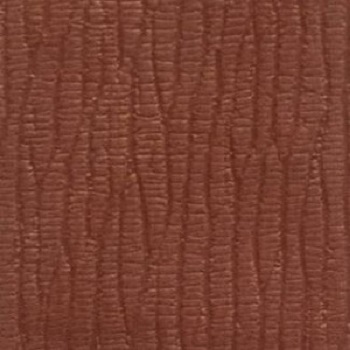

Throughout the manufacturing process, quality control is a top priority. Our dedicated team of inspectors conducts regular checks to verify the integrity of the leather and identify any defects or inconsistencies. From color matching to stitch tension, no detail is too small to escape their scrutiny. This relentless commitment to quality ensures that every pair of shoes that bears our name meets the highest standards of excellence.
In addition to quality, sustainability is also a core value of our manufacturing process. We are committed to minimizing our environmental footprint by reducing waste, conserving resources, and implementing eco-friendly practices wherever possible. From water recycling systems to energy-efficient machinery, we continually strive to minimize our impact on the planet while producing superior leather products.
In conclusion, the art of leather manufacturing is a testament to the marriage of tradition and innovation. From the careful selection of raw materials to the meticulous craftsmanship of skilled artisans, every step of the process is infused with a dedication to quality and excellence. By choosing our footwear, customers not only invest in a superior product but also support a legacy of craftsmanship that spans generations.
Sustainability in Footwear: How Our Leather Manufacturing Practices Are Redefining Eco-Friendly Fashion
In the realm of fashion, sustainability has become an increasingly important concern. As consumers become more conscious of their environmental impact, industries are compelled to reevaluate their practices to align with eco-friendly standards. In the footwear industry, where leather remains a popular material, manufacturers are under pressure to adopt more sustainable methods of production. One such trend is the emergence of eco-friendly leather manufacturing practices, aimed at reducing the environmental footprint of the footwear industry.
Traditional leather production has long been criticized for its environmental impact. The process involves various chemical treatments and consumes significant amounts of water and energy. Additionally, the livestock industry, which provides the raw materials for leather, is associated with deforestation, greenhouse gas emissions, and animal welfare concerns. Recognizing these issues, footwear leather manufacturers are actively seeking alternatives that prioritize sustainability without compromising on quality.
One approach gaining traction is the use of vegetable-tanned leather. Unlike conventional tanning methods that rely on toxic chemicals such as chromium, vegetable tanning utilizes natural substances like tree bark and plant extracts. This not only reduces the release of harmful pollutants into the environment but also results in a biodegradable end product. Furthermore, vegetable tanning is known for its ability to produce leather with unique textures and rich colors, appealing to both consumers and designers.
In addition to adopting more eco-friendly tanning methods, footwear leather manufacturers are exploring innovative ways to minimize waste throughout the production process. By implementing efficient cutting techniques and utilizing every part of the hide, manufacturers can reduce the amount of leather discarded as scrap. Moreover, some companies are investing in technologies that enable them to recycle and repurpose leather waste, further reducing their environmental impact.
Beyond production, sustainability also extends to the sourcing of raw materials. In response to growing concerns about deforestation and habitat destruction, many leather manufacturers are partnering with suppliers who adhere to responsible land management practices. By sourcing leather from certified sustainable sources, manufacturers can ensure that their products are not contributing to environmental degradation or the exploitation of vulnerable ecosystems.
Another key aspect of sustainable footwear manufacturing is transparency and traceability. Consumers are increasingly interested in knowing the origins of the products they purchase and the conditions under which they were made. In response, some footwear brands are implementing supply chain traceability systems that allow customers to trace the journey of their leather products from farm to factory. By providing this information, companies can build trust with consumers and demonstrate their commitment to ethical and sustainable practices.
Ultimately, the shift towards sustainability in footwear leather manufacturing represents a significant step forward for the fashion industry as a whole. By embracing eco-friendly practices, manufacturers can reduce their environmental impact, mitigate resource depletion, and contribute to the preservation of ecosystems. Moreover, as consumer demand for sustainable products continues to grow, companies that prioritize sustainability are likely to gain a competitive edge in the market.
In conclusion, sustainability is no longer just a buzzword in the fashion industry—it’s a necessity. In the realm of footwear leather manufacturing, this means rethinking traditional practices and embracing eco-friendly alternatives. From vegetable tanning to waste reduction initiatives, manufacturers are pioneering innovative solutions to minimize their environmental footprint. By prioritizing sustainability, the footwear industry can not only meet the demands of today’s conscious consumers but also pave the way for a more environmentally responsible future.

